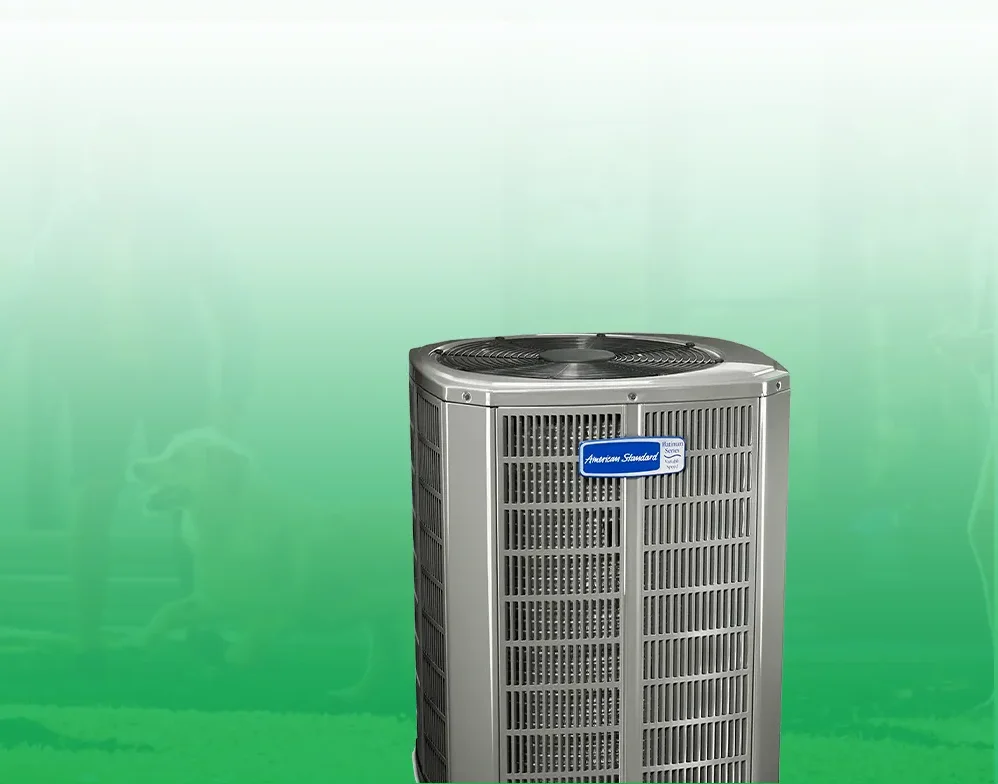At Horne HVAC Charlotte, we are committed to ensuring that your HVAC your home is kept at a comfortable temperature by a system that performs effectively and efficiently year-round.
One of the essential components of your air conditioning system is the condenser coil. Understanding its function, location, and importance can help you appreciate its critical role in your cooling system and the value of proper maintenance.
What is a Condenser Coil?
The condenser coil is a vital component of your air conditioning system. It is responsible for releasing the heat absorbed from inside your home to the outside environment. It works with other components like the evaporator coil and the compressor to facilitate the cooling process. Without the condenser coil, your air conditioner would be unable to expel the heat, making it impossible to cool your home effectively.
Location of the Condenser Coil
Outside of the indoor unit is where you’ll find the condenser coil of your air conditioning system. This outdoor unit, often on a concrete pad next to your home, houses the condenser coil, compressor, and fan. The coil is typically wrapped around the compressor in a cylinder or flat panel configuration, allowing maximum exposure to the outside air to release heat efficiently.
The Function of the Condenser Coil
The primary function of the condenser coil is to release the heat absorbed from your home’s indoor air. Here’s how it works:
- Heat Absorption and Transfer: The refrigerant absorbs heat from your home through the indoor evaporator coil. As a high-pressure, high-temperature gas, this refrigerant travels to the outdoor unit.
- Heat Release: The outdoor fan blows air over the coil’s surface as the refrigerant flows through the condenser coil. This airflow helps dissipate the heat from the refrigerant into the outside air, producing a high-pressure liquid by causing the refrigerant to cool down and condense into a liquid state.
Cycle Continuation: The cooled, high-pressure liquid refrigerant then travels back inside to the evaporator coil. Here, it expands and evaporates, absorbing heat from your indoor air again, and the cycle repeats.



















